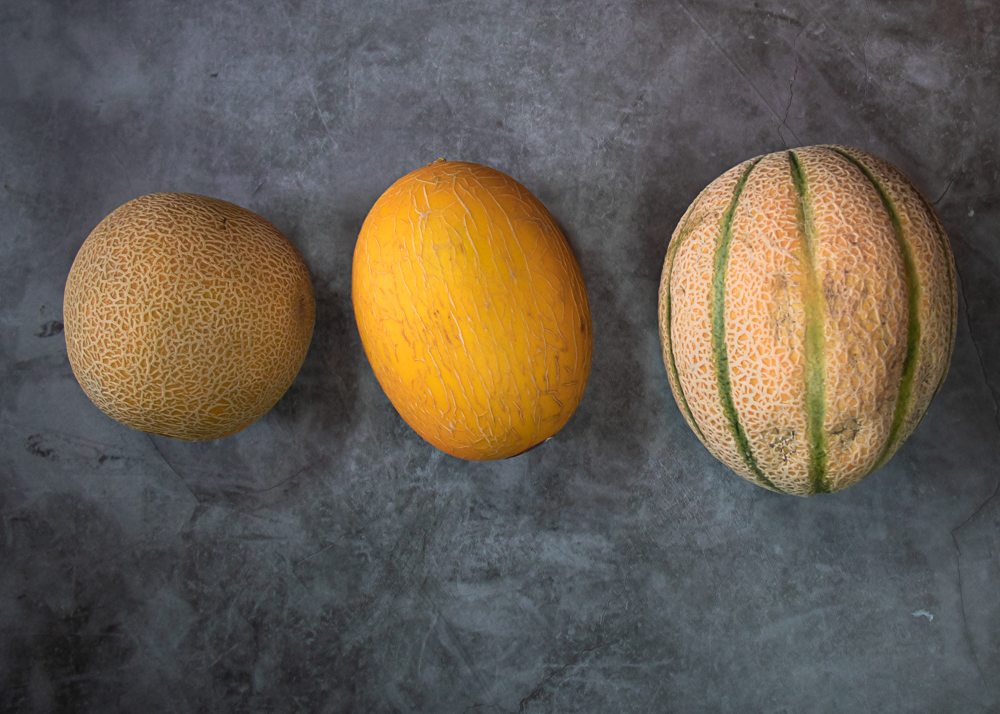
This melon mania is visual description of common cantaloupes and muskmelons. It includes a description of the flavor of each variety.
Cantaloupes, muskmelons, honeydews are all related in a convoluted way. And while the differences are interesting for trivia, the distinctions are not the focus of this blog post.
This is the season the grocery stores carry a variety of melons and this is the time to discover new favorites.
How to Choose a Good Melon
- Look for a heavy melon since weight equals juicy flesh.
- Look for even and symmetrical shaped melon.
- Look for uniform netting (if the variety has netting).
- Check the melon over of any soft spots.
- Choose a cantaloupe without the stub of a stem since that means the melon was picked when it was underripe.
- Gently press the blossom end (not the stem end) if the skin rips the melon is overripe.
- Smell the melon for a sweet musky aroma which also signals ripeness.
Enjoy a mixture of melons in color, texture and flavor. They blend well in a fruit salad or can be showcased on their own. While melons don’t ripen or turn sweeter after being picked. But the aroma will become more complex and the texture will improve. Store uncut melons at room temperature for 1-2 days. But after that store in the refrigerator up to 5 days. Once cut, wrap and store in the refrigerator. A halved melon, will keep better with the seeds in place and it should for about 3 days.
You can freeze an excess of melon mania. Cut it into cubes and can be tossed with sugar (1/4 cup sugar to every 2 cups of cut fruit) to help the texture when freezing. Once thaw the flesh will be softer but can be used in fruit pureed in soups of smoothies.
Visual Gallery of Melon Mania
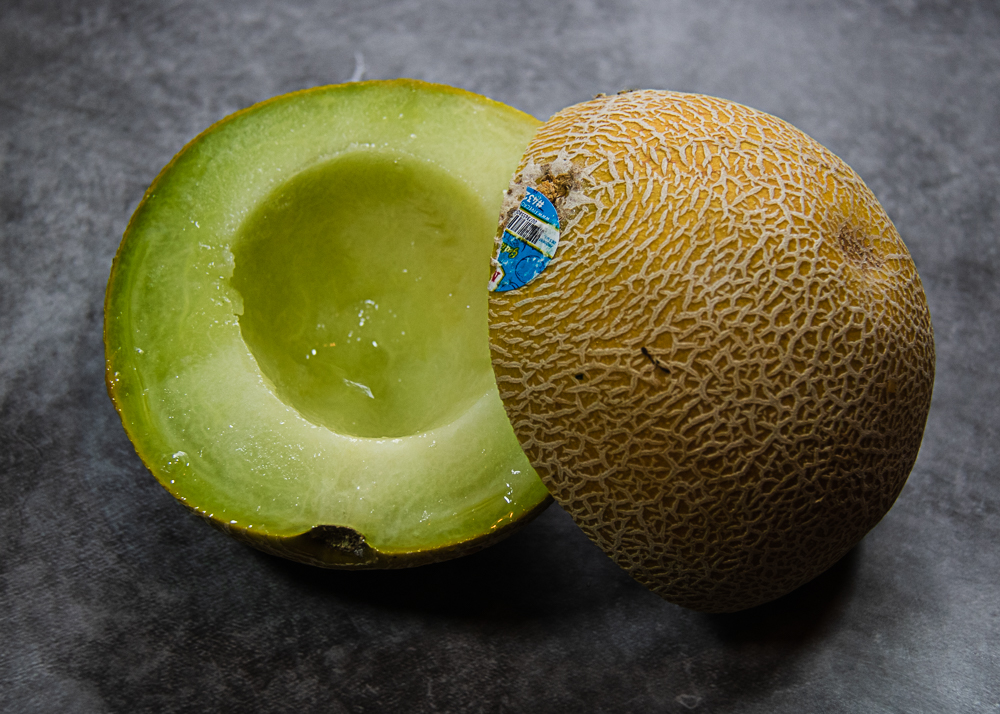
Galia “Diplomat”: this melon looks like a elongated cantaloupe on the outside but looks and tastes more like a honeydew. But is more juicy and has a deeper flavor.

Sprite: this round melon from Japan has ivory skin with light netting as it ripens. The flesh is similar to a cantaloupe is more than 35% sweeter than other melons.

Honeydew: this muskmelon is commonly found in grocery stores with light green smooth skin and sweet green crisp flesh and honey floral accents.

Santa Claus: a large foot-ball shaped melon with green and gold stripes. The pale-green flesh is firm and tastes like a sweeter honeydew.

Crenshaw: this large melon has yellow-green skin with wrinkles near the stem end. The flesh is peach colored and is very sweet with a slightly spicy accent.
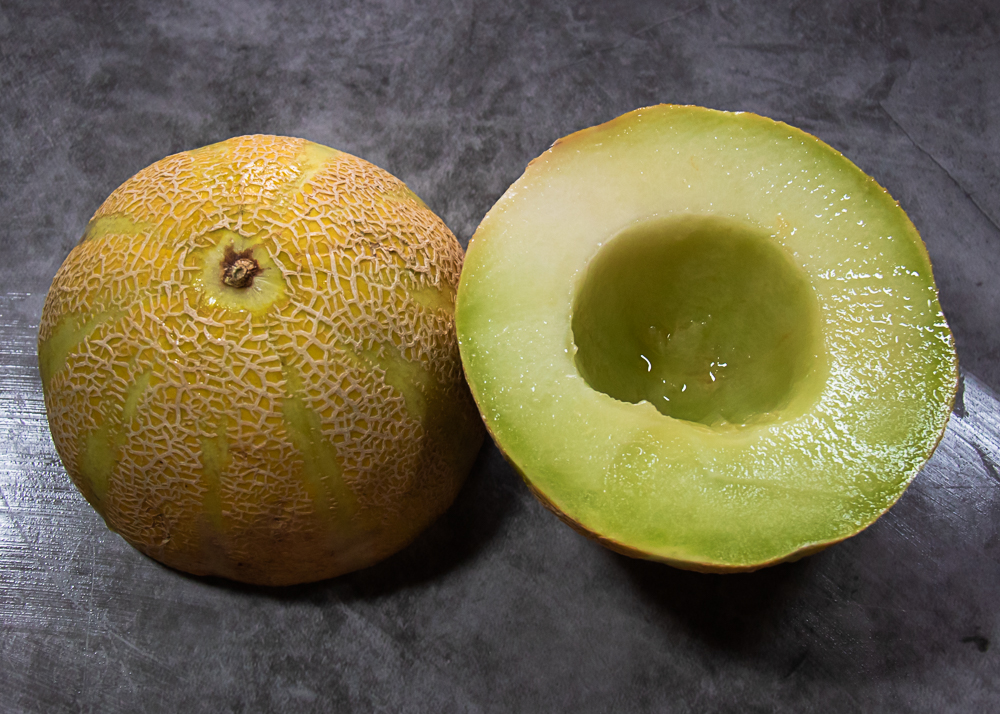
Lemon Drop: a hybrid Galia melon has netted, tan-gold skin with light green grooves. The flesh is both sweet and tart with a hint of honeydew and lemon accents.
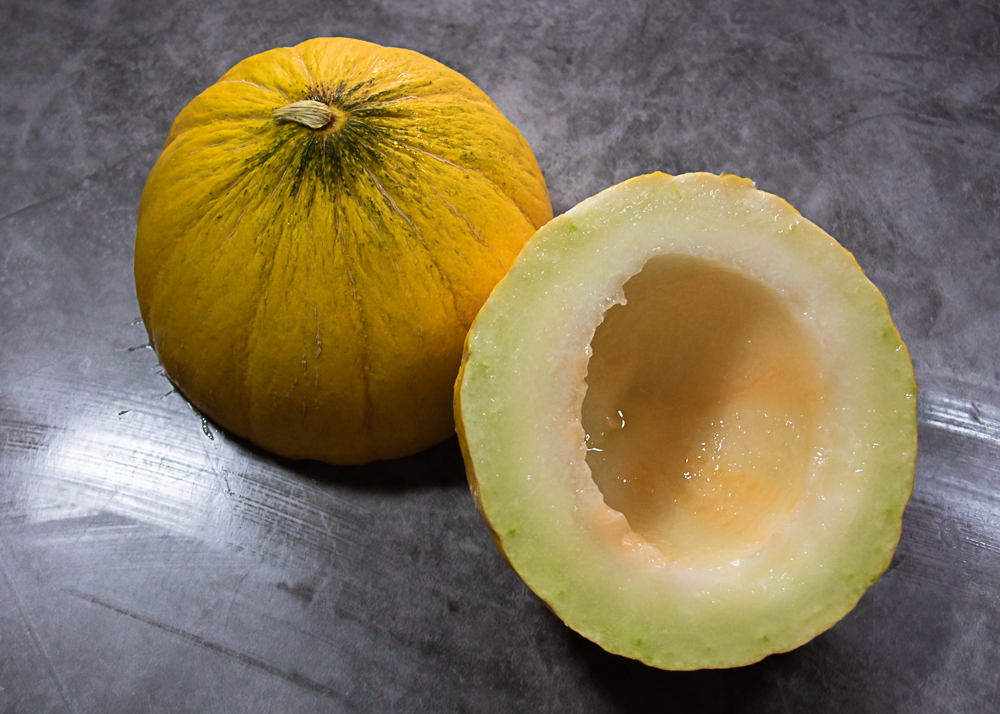
Canary: an oval melon with a smooth yellow skin. Its flesh is pale ivory and similar in firmness to a ripe pear. It tastes sweet and tangy with tropical accents.
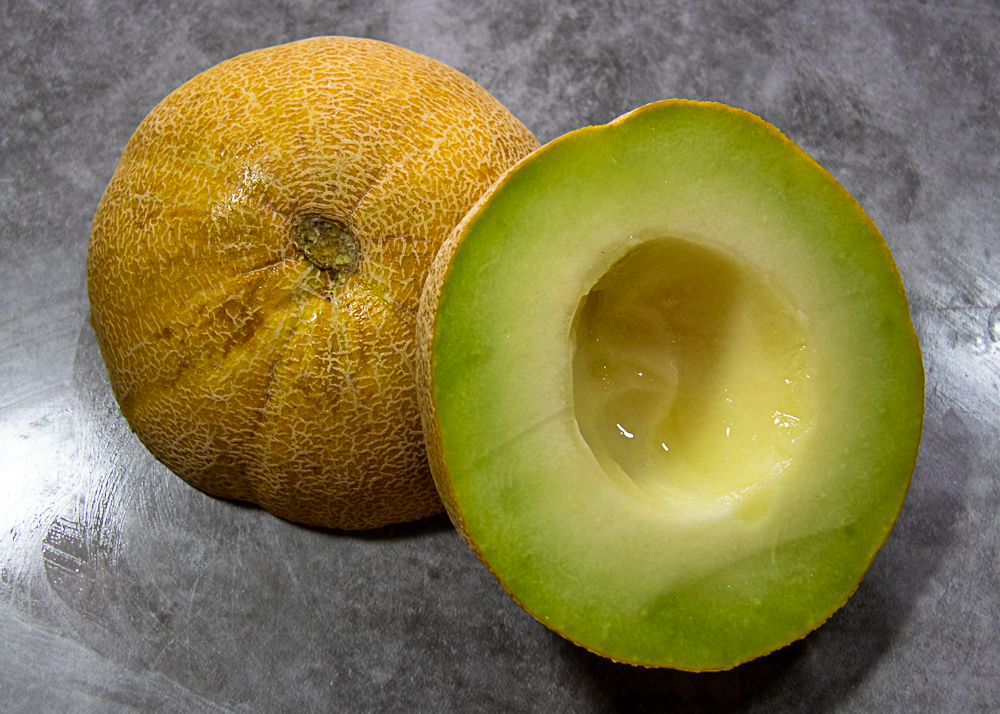
Ha’Ogen: A melon developed in Hungary and now produced in Israel is 3-4 pounds. The smooth netting is mottled green skin that turns yellow. It has firmer light green flesh with a melon taste and tropical accents.
Other Commonly Available Melons Not Pictured

- Charentais: this smallish melon (about the size of a large grapefruit) has light grayish green smooth skin. The flesh is salmon colored ands has a deep melon fragrance with floral accents.
- Ambrosia: this melon is known for the perfume-like aroma and flavors. The pale orange flesh is smooth and soft that practically dissolves in your mouth. The skin is golden yellow with light smooth netting.
- Hami: an oblong shaped melon with netted yellow skin and green streaks. The flesh is orange color and has a crunchy-firm texture and sweeter taste with floral accents.
- Orange Honeydew: also called a temptation melon has a waxy yellow orange skin. The flesh is a mixture of both honeydew and cantaloupe with a firm bite and sweet taste.
- Casaba: this melon is golden yellow with greenish wrinkles and a pointed stem end. The flesh is light-green and has a juice texture and sweet melon taste.

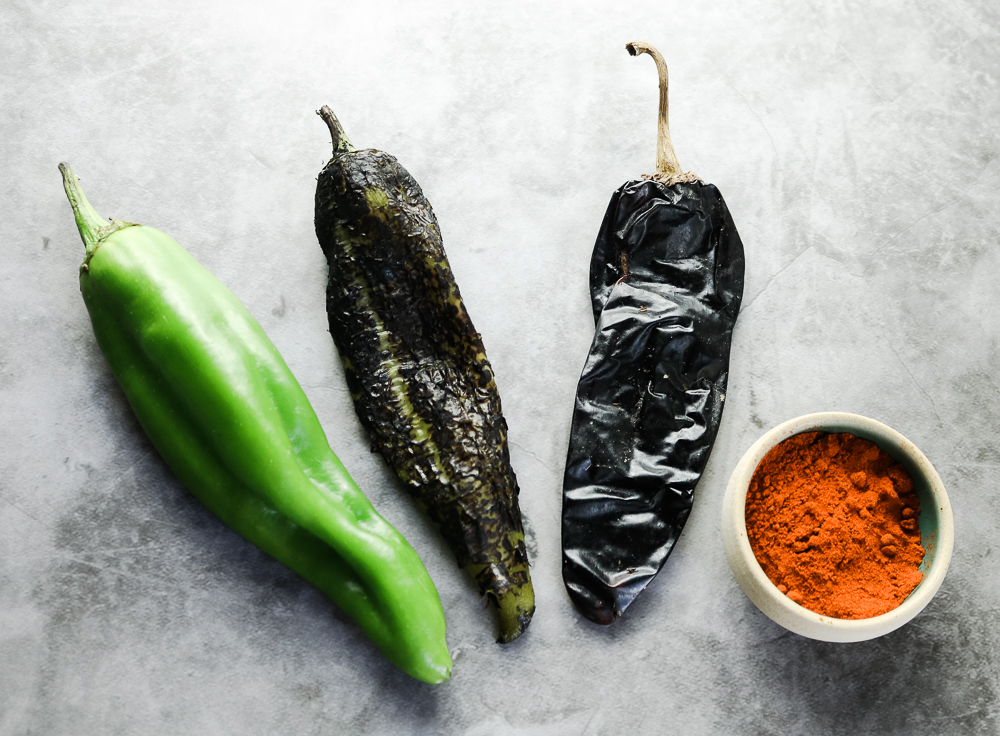

Leave a Reply